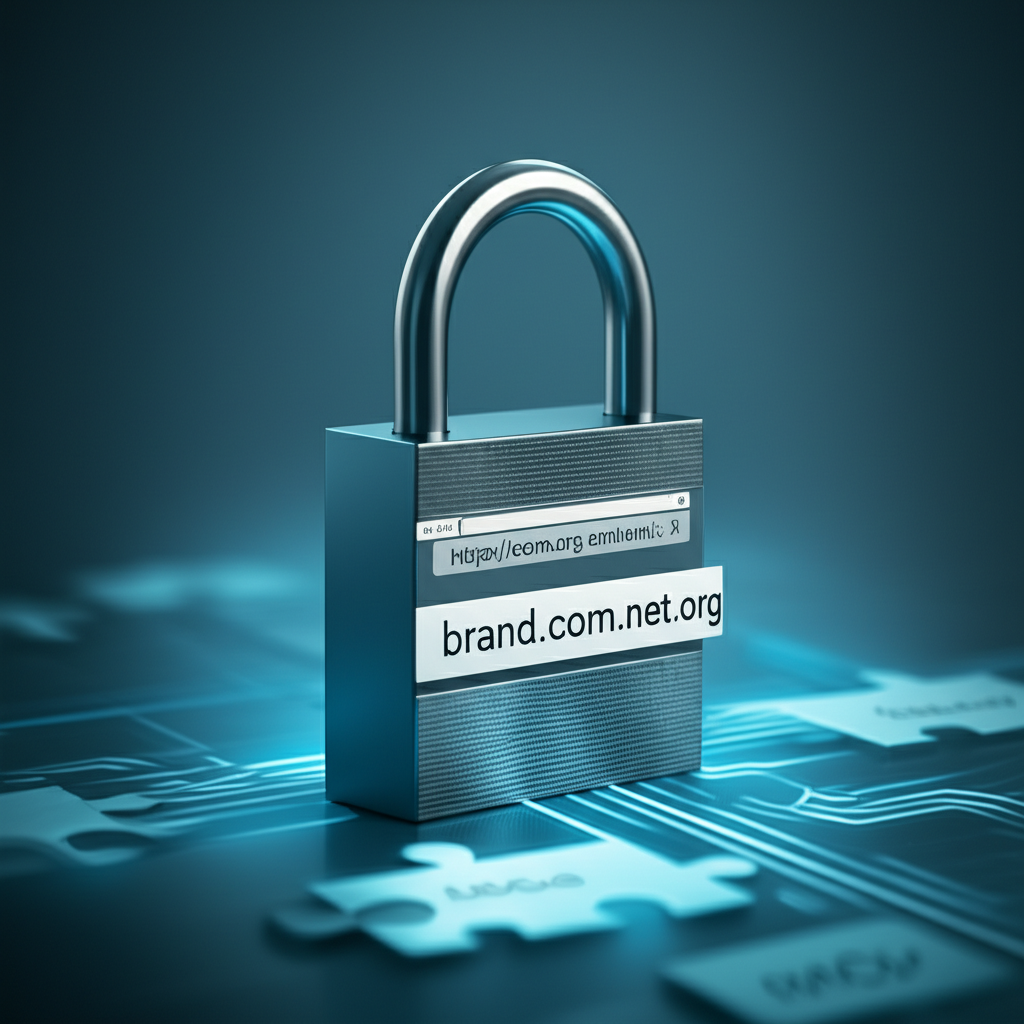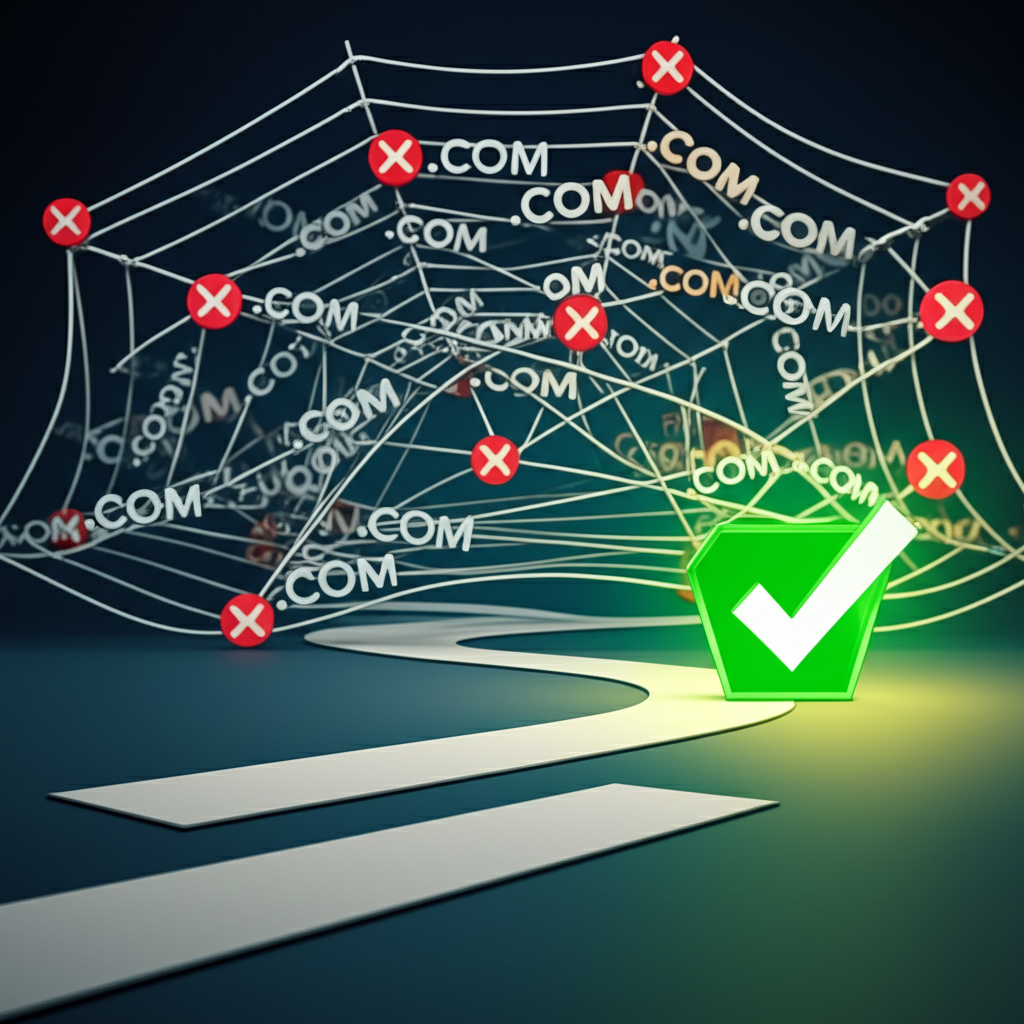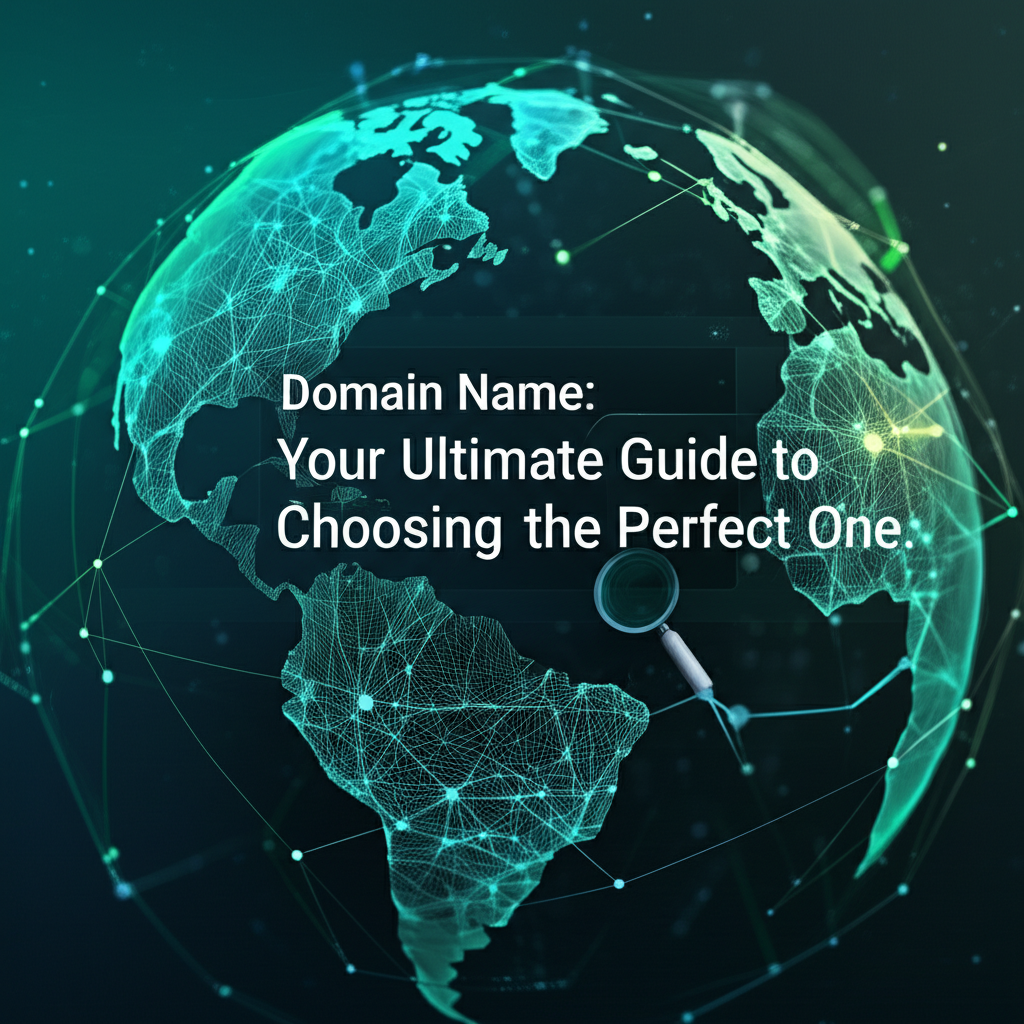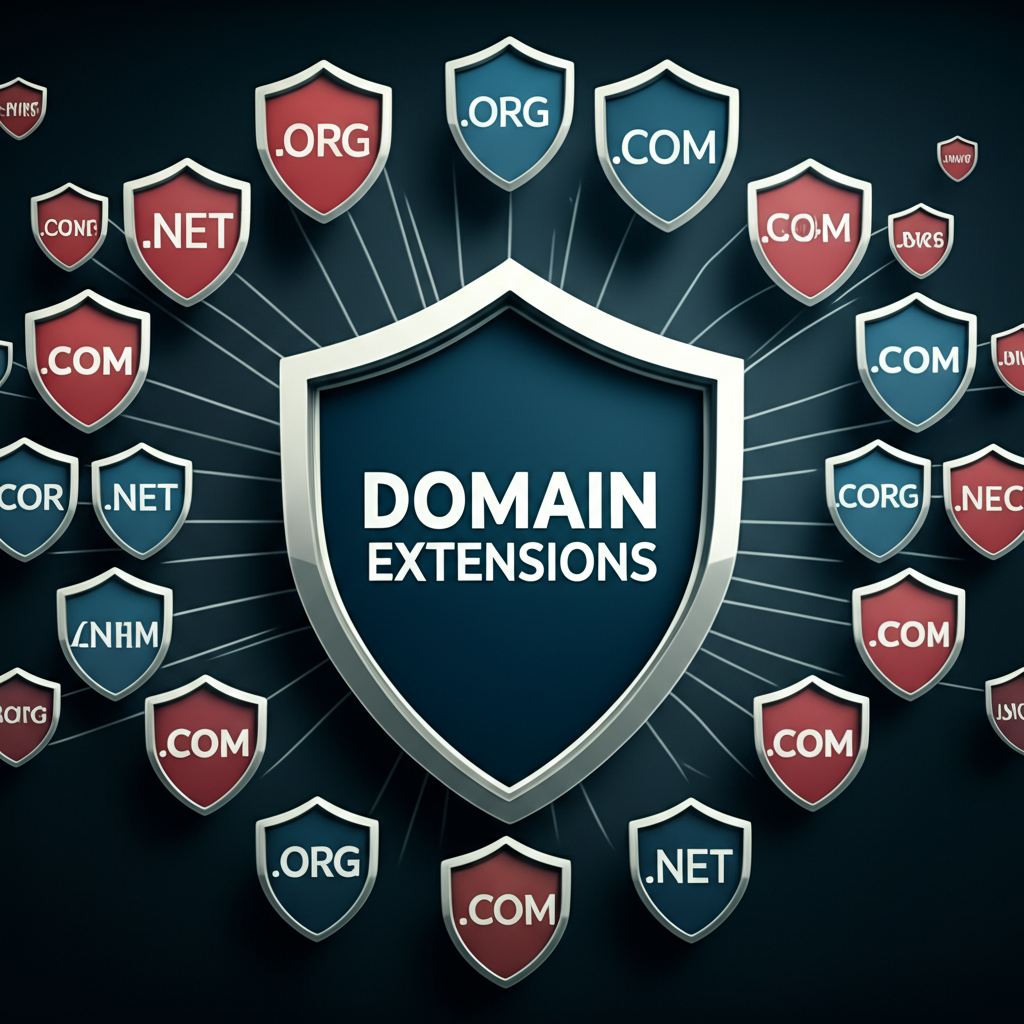- Why Brand Protection Matters in the Digital Age
- Brand Protection: Strategic Domain Acquisition
- Preventing Cybersquatting and Brandjacking
- Controlling Your Online Narrative
- Expanding Your Reach and Targeting Specific Demographics
- Protecting Your Brand from Negative Publicity
- Implementing a Multi-Domain Brand Protection Strategy
- Beyond Domains: A Holistic Approach to Brand Protection
Brand Protection: Secure Your Name With Multiple Domains
Brand protection is crucial in today’s digital landscape, and securing your brand name with multiple domain names is a vital component of that protection. In a world where online presence dictates brand visibility and reputation, safeguarding your brand from cybersquatting, brandjacking, and other online threats is no longer a luxury, but a necessity. Registering multiple domain names offers a proactive defense, ensuring your brand remains secure and your online identity remains untarnished.
Why Brand Protection Matters in the Digital Age

In the ever-expanding digital marketplace, your brand is your most valuable asset. It represents your company’s identity, values, and reputation, built meticulously over time. However, this valuable asset is vulnerable to various online threats that can significantly damage your business. From cybersquatters looking to profit from your brand name to competitors attempting to divert traffic, the risks are real and potentially devastating. Brand protection strategies, particularly acquiring multiple domains, are essential to mitigate these risks and maintain control over your brand’s online narrative.
Brand Protection: Strategic Domain Acquisition
Acquiring multiple domains is a cornerstone of a robust brand protection strategy. This involves registering variations of your primary domain name, including different top-level domains (TLDs) like .com, .net, .org, and country-specific TLDs relevant to your target markets. This strategy offers several key benefits:
Preventing Cybersquatting and Brandjacking
Cybersquatting, the act of registering a domain name with the intention of selling it to the rightful trademark owner at an inflated price, is a common threat. By securing variations of your brand name across different TLDs, you prevent malicious actors from capitalizing on your brand’s recognition. Similarly, brandjacking, where someone impersonates your brand online to deceive customers, can be effectively countered by owning related domain names.
Controlling Your Online Narrative
Owning multiple domains allows you to control the online narrative surrounding your brand. You can redirect traffic from these domains to your primary website, ensuring a consistent brand experience for your audience. This helps avoid confusion and prevents users from landing on potentially harmful or misleading websites that could damage your brand’s reputation.
Expanding Your Reach and Targeting Specific Demographics
Registering country-specific TLDs (like .co.uk for the United Kingdom or .ca for Canada) can help target specific geographic markets more effectively. This not only improves your local SEO but also demonstrates a commitment to serving these regions, enhancing brand trust and customer loyalty.
Protecting Your Brand from Negative Publicity
In the age of online reviews and social media, negative publicity can spread rapidly and inflict serious damage on your brand’s image. By owning domains that include potential negative keywords related to your brand, you can prevent others from creating websites that could host damaging content and influence public perception negatively.
Implementing a Multi-Domain Brand Protection Strategy
Building a successful multi-domain brand protection strategy requires careful planning and execution:
1. Identify Core Domain Names: Start by identifying your primary domain name and all possible variations, including misspellings, abbreviations, and related keywords.
2. Research Available Domains: Use a domain registrar to check the availability of these variations across different TLDs.
3. Prioritize and Register: Prioritize the most important domain names based on your target markets and potential risks. Register these domains as soon as possible to secure them.
4. Set Up Redirects: Configure 301 redirects from all secondary domains to your primary website. This ensures a seamless user experience and consolidates your online presence.
5. Monitor Regularly: Regularly monitor your registered domains and the online landscape for any potential infringements or cybersquatting attempts. Utilize domain monitoring services for automated alerts.
Beyond Domains: A Holistic Approach to Brand Protection
While securing multiple domains is a crucial aspect of brand protection, it’s not the only measure you should take. A holistic approach encompasses other essential strategies:
Trademark Registration: Registering your trademark provides legal protection for your brand name and logo, allowing you to take legal action against infringers.
Social Media Monitoring: Monitor social media platforms for unauthorized use of your brand name and logo, and report any infringements.
Online Brand Monitoring: Utilize online brand monitoring tools to track mentions of your brand and identify potential threats, like counterfeit products or negative reviews.
Enforcement: Be prepared to enforce your brand rights by sending cease and desist letters or taking legal action when necessary.
By adopting a proactive and comprehensive brand protection strategy that includes multiple domain ownership, you can safeguard your brand’s online presence, maintain control of your brand narrative, and ensure long-term success in the digital age. Protecting your brand is an investment in the future of your business, and in today’s competitive landscape, it’s an investment you can’t afford to overlook.















Leave a Reply